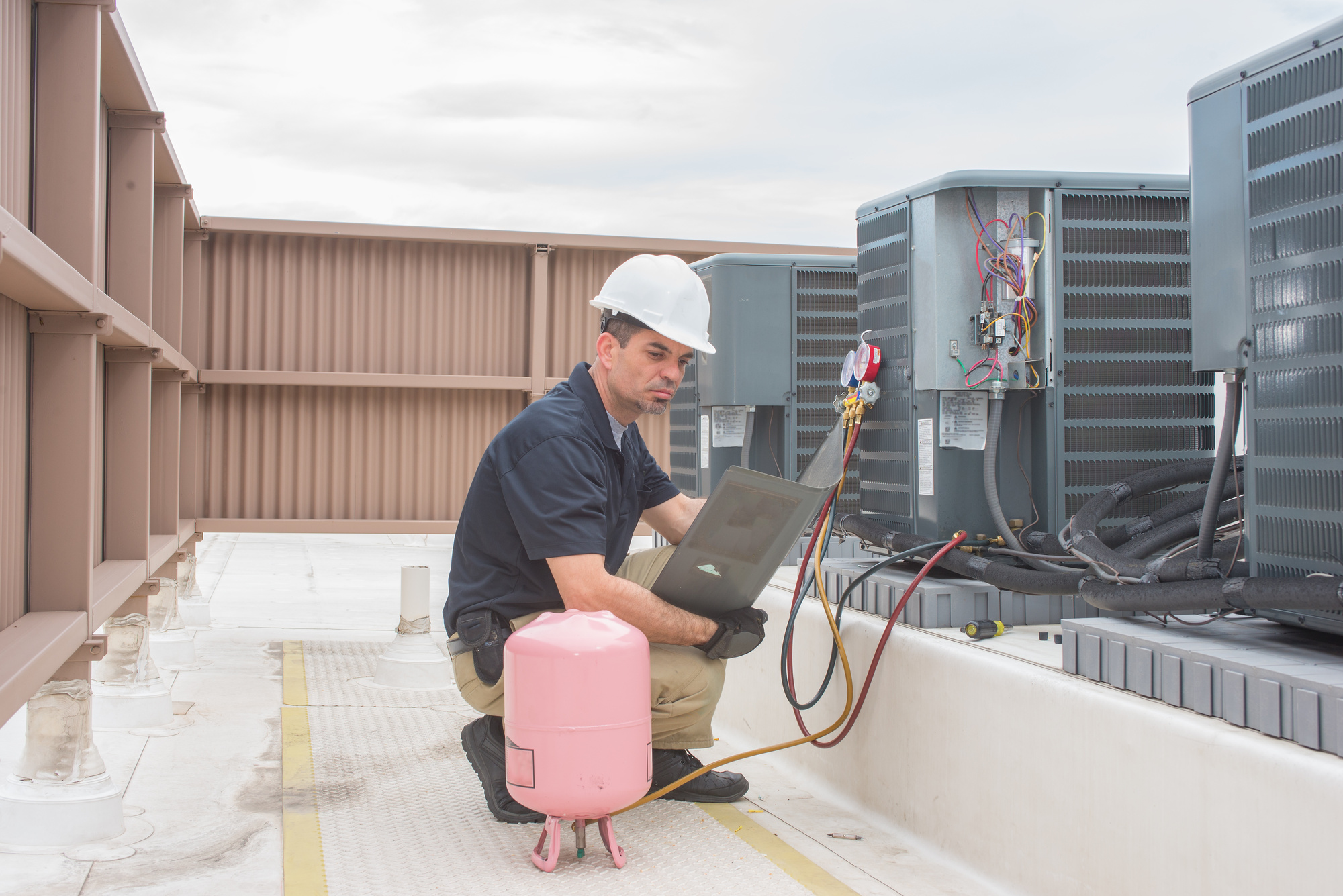
Real HVAC Talk: 5 Innovations That Are Changing the HVAC Industry
Recently, an HVAC salesman tried to talk our family out of installing a new natural gas furnace. Wow! Someone who sells HVAC talking customers out of a purchase? That’s one for the records.
It turns out, though, that the company he works for specializes in green energy options. When we found that out, the whole thing made more sense, and he managed to talk us into a home energy audit before our next HVAC purchase.
The future of HVAC looks very bright with all the current innovations and those on the horizon. We’ll discuss five of those innovative technologies in this article.
Contents
1. Green Building Materials
Let’s begin with the newer sustainable materials that will frame and insulate homes. These allow the products of our HVAC partners, discussed below, to function at their best. These are just a couple of examples of what is possible.
Nature Repurposed
Would you believe that straw bales are making a comeback as home-building material? Also, there’s rammed earth (just what it sounds like) and something called “HempCrete”? Integrating nature into building processes makes good sense.
Common But Sustainable
More common sustainable materials include structural insulated panels (SIP). These highly efficient wall units consist of an EPS foam core with sustainable fabricated wood sheathing.
2. Smart Technology
Smart home technology (or home automation) controls various home systems and appliances using artificial intelligence.
Smart thermostats reduce home energy waste, and even smart kitchen appliances can prepare food more efficiently and in a healthier way.
A building control specialist can help you select the best smart technology for your home or business.
3. and 4. Heat Pumps
More and More HVAC companies have begun to embrace heat pump technologies as viable, energy-saving ways to heat and cool homes. Some heat pumps even heat water.
Geothermal Heat Pump
Did you know that a few feet below the earth’s surface, the ground maintains a fairly constant temperature? Depending on latitude, the ground temperature could be between 45°F (7°C) and 75°F (21°C).
This relative underground warmth (winter) or cool (summer) can be tapped and channeled into a home through an underground loop of pipes called a heat exchanger. It can heat or cool your home—in some cases, supplemented by a more traditional fuel source.
Dual-Fuel Heat Pump
In colder climate zones, geothermal energy is not always sufficient to heat a building. So a furnace and another fuel are used to compensate, still using the heat-exchange process with outside air during more temperate times of the year.
5. Ice Air Conditioners
There is a trend of small, table-sized air conditioners that use ice cubes for cooling. It’s expected to grow in the near future, as some companies have begun to freeze tanks of water overnight. They then use fans to pump the cooled air through buildings during the day.
Only time will tell how much this technology will advance. Other technologies are in the works to make existing heat pumps and traditional HVAC systems more efficient at cooling buildings.
HVAC Talk and the HVAC Future
Recently, there has been a lot of buzz around new HVAC technologies and HVAC’s future generally. There are entirely new heating, cooling, and home-building technologies.
And some older technologies are making a comeback, thanks to the vast array of sustainability initiatives.
Innovative energy technology is only one of the many issues we cover on our site. Please keep checking it to see what else we’re covering.


Comments are closed.